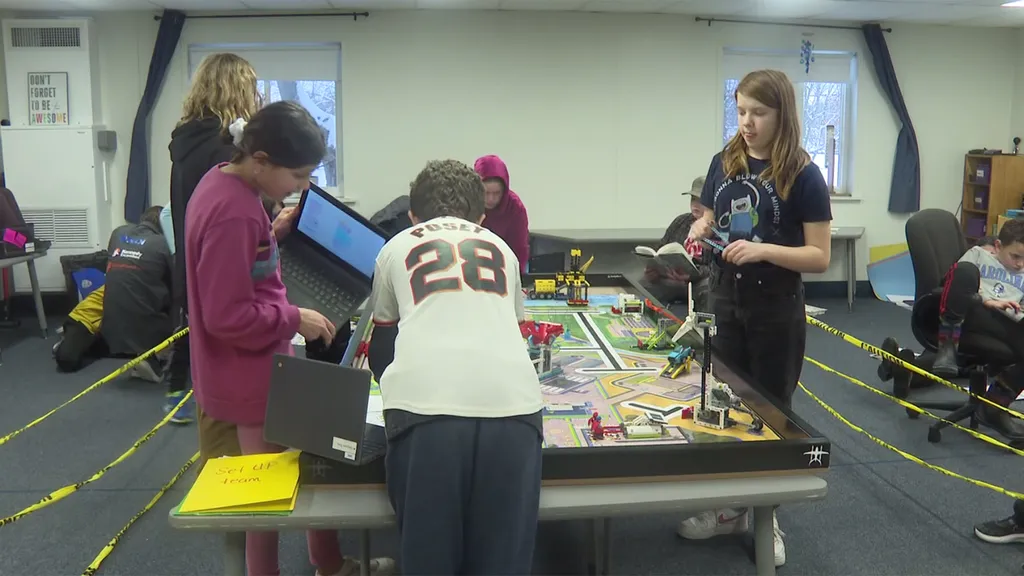Researchers from the University of Vermont, led by Peter Crowley and Calin Belta, have introduced a groundbreaking approach to Inverse Reinforcement Learning (IRL) that could revolutionize robotic task learning, particularly in complex and adversarial environments. The team, including Zachary Serlin, Tyler Paine, Makai Mann, and Michael Benjamin, has developed a method called SPLASH (Sample-efficient Preference-based inverse reinforcement learning for Long-horizon Adversarial tasks from Suboptimal Hierarchical demonstrations). This innovation addresses critical gaps in current IRL techniques, which often rely on expert demonstrations and struggle with long-horizon goals and adversarial tasks.
Traditional IRL methods assume the availability of expert demonstrations, a condition rarely met in real-world scenarios. Moreover, these methods are not equipped to handle tasks that require long-term planning or involve adversarial elements. SPLASH overcomes these limitations by enabling robots to learn from suboptimal demonstrations, making it applicable to a broader range of complex tasks. The researchers have validated SPLASH through simulations of a maritime capture-the-flag task and demonstrated its real-world potential by translating simulation results to autonomous unmanned surface vehicles.
The significance of SPLASH lies in its ability to significantly outperform existing state-of-the-art IRL methods in learning rewards from suboptimal demonstrations. This advancement is particularly relevant for tasks that span long durations and involve adversarial interactions, areas where previous IRL approaches have fallen short. By leveraging preference-based learning and hierarchical demonstrations, SPLASH provides a robust framework for training robotic agents in diverse and challenging environments.
The practical applications of SPLASH are vast, particularly in the maritime sector. Autonomous unmanned surface vehicles, for instance, can benefit from SPLASH’s ability to learn and adapt to complex, real-world conditions. This technology could enhance the capabilities of these vehicles in tasks such as surveillance, search and rescue, and environmental monitoring, where long-horizon planning and adversarial interactions are common. The successful sim-to-real translation experiments underscore SPLASH’s potential to bridge the gap between simulated training and real-world deployment, a critical step toward field-ready robotic agents.
In summary, SPLASH represents a significant leap forward in the field of Inverse Reinforcement Learning. By addressing the limitations of existing methods, it opens new avenues for training robotic agents in complex and adversarial environments. The maritime sector stands to gain immensely from this technology, as it enables the development of more capable and adaptable autonomous systems. As research continues, SPLASH could become a cornerstone in the advancement of robotic applications across various industries. Read the original research paper here.

